Rosinweed
Display all 13 images
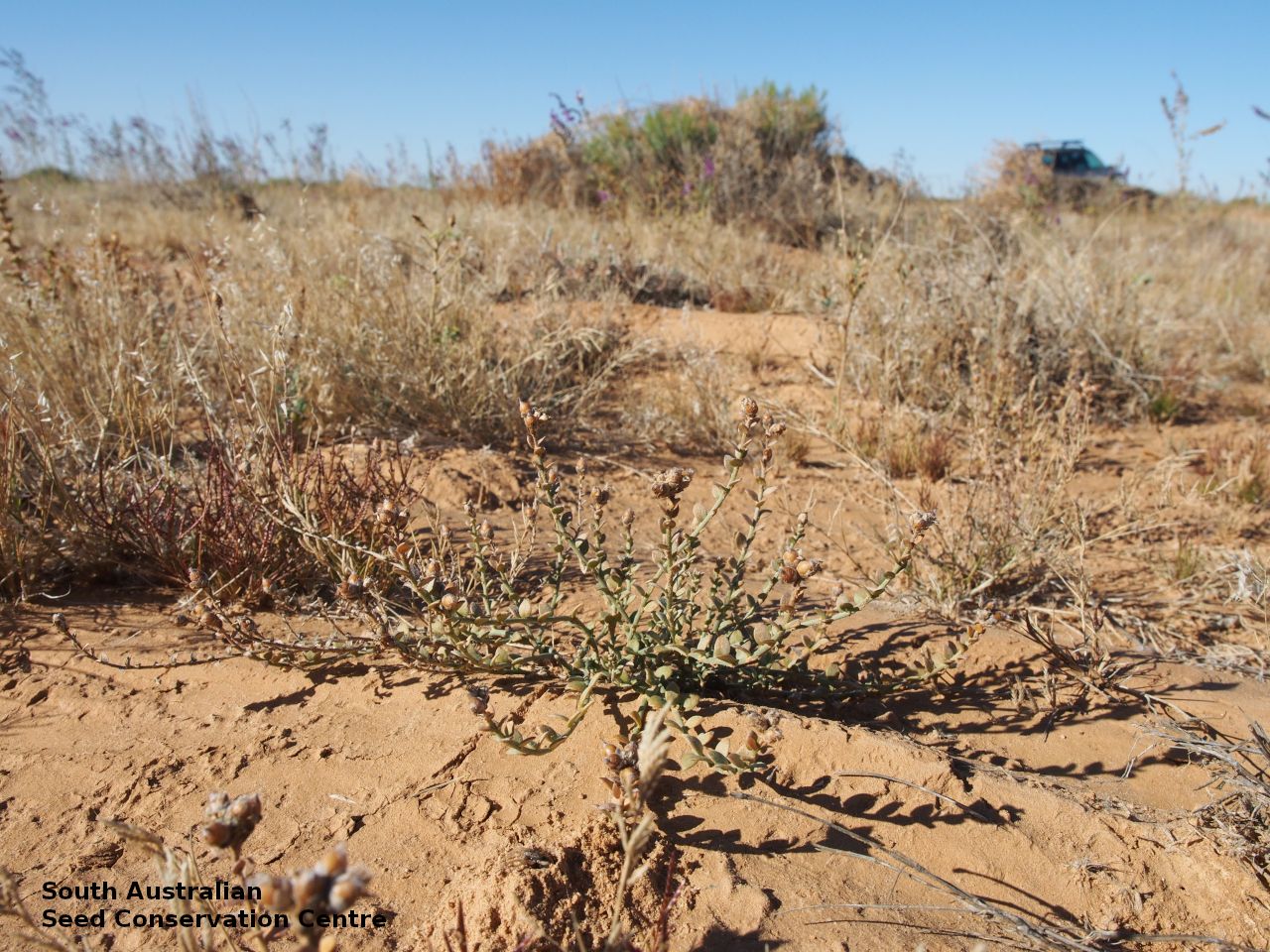
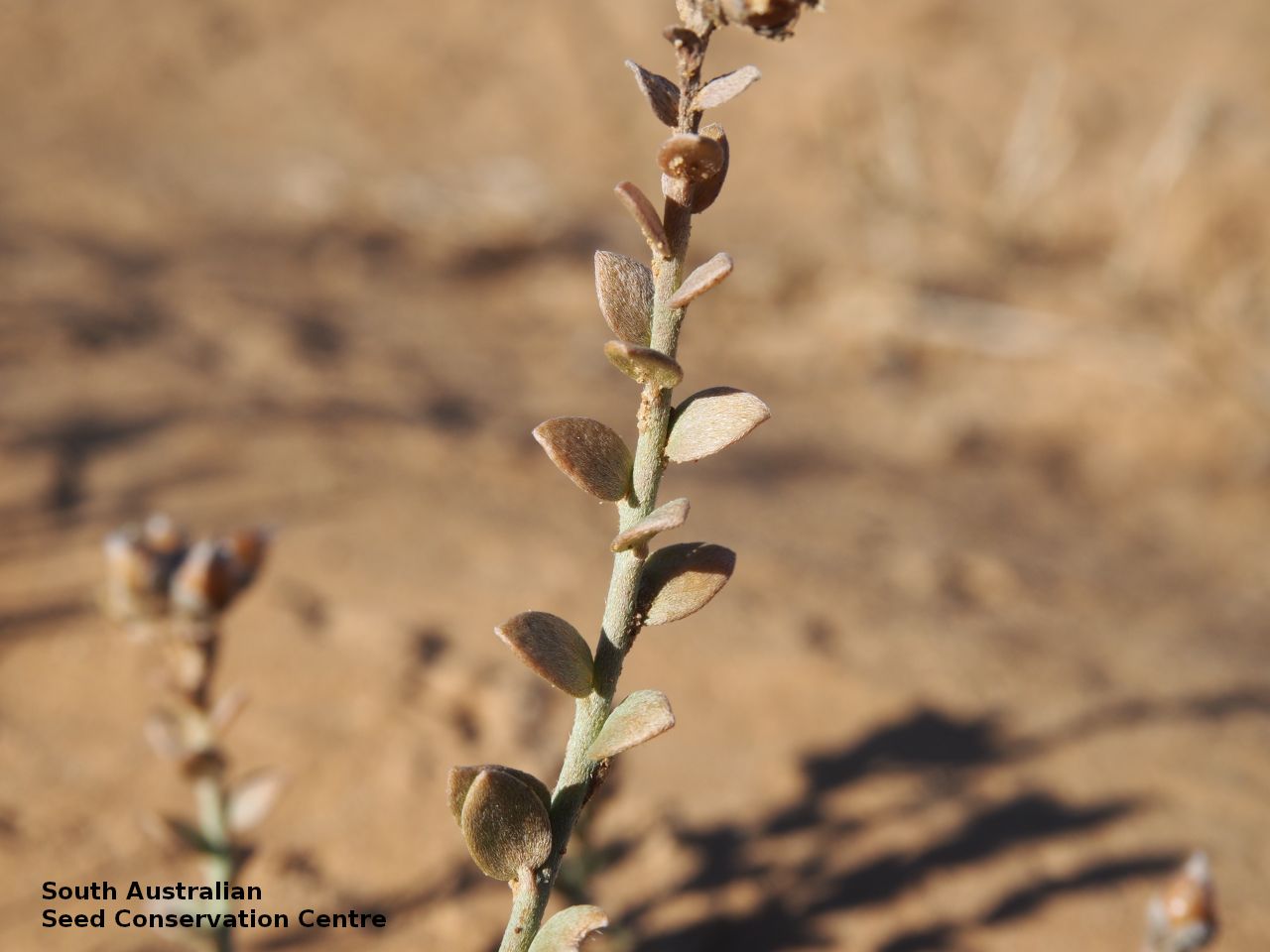
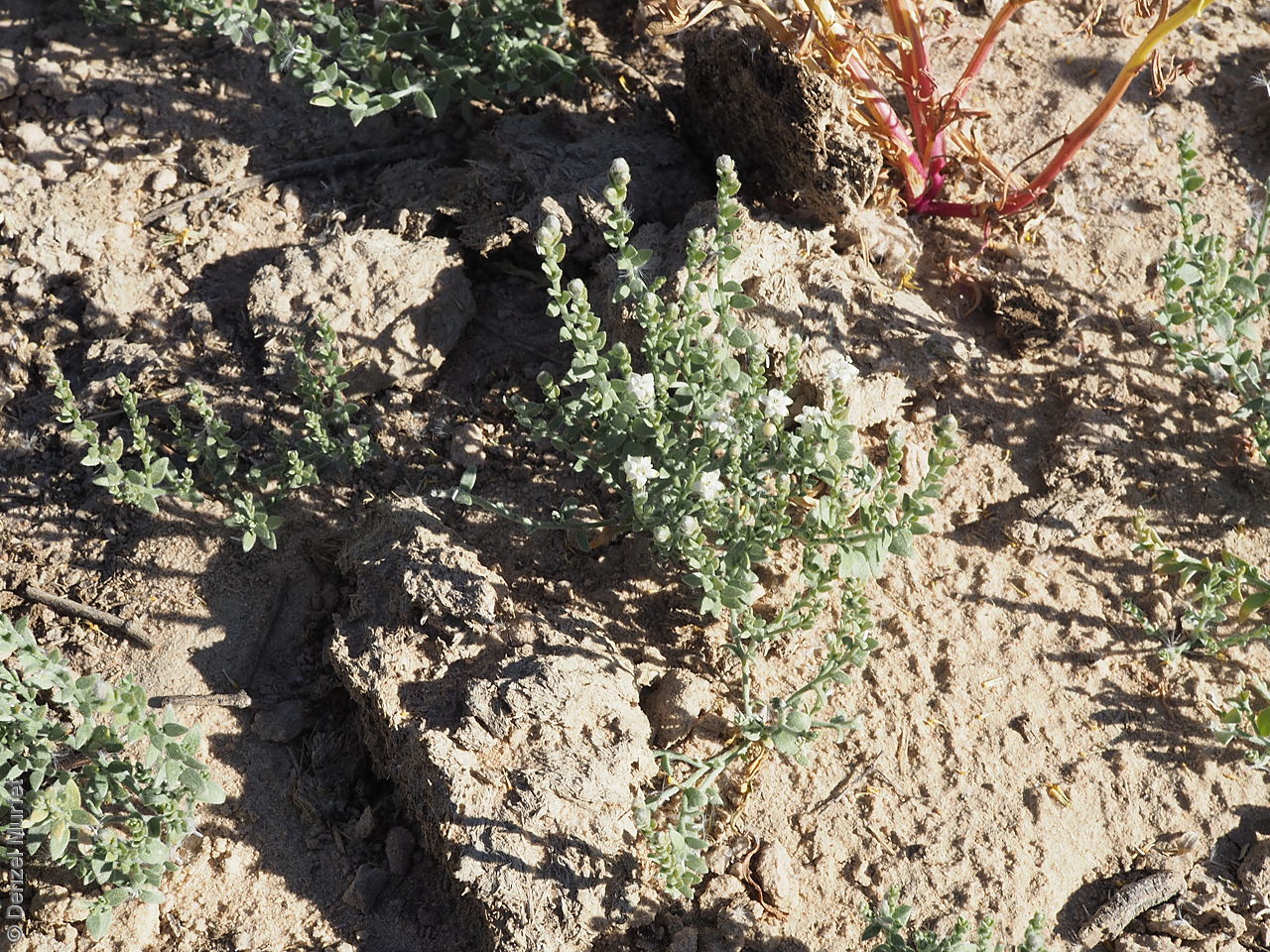
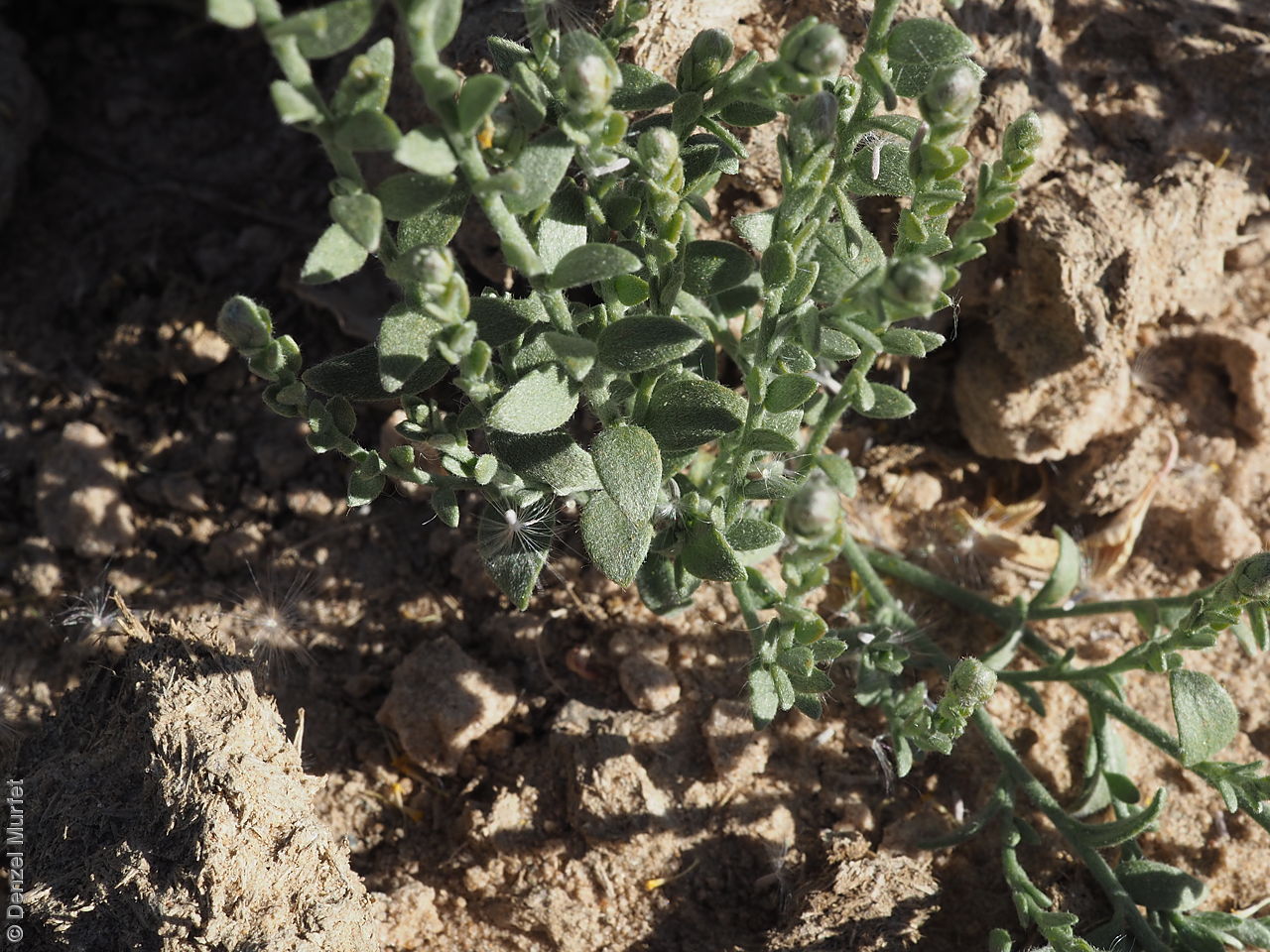
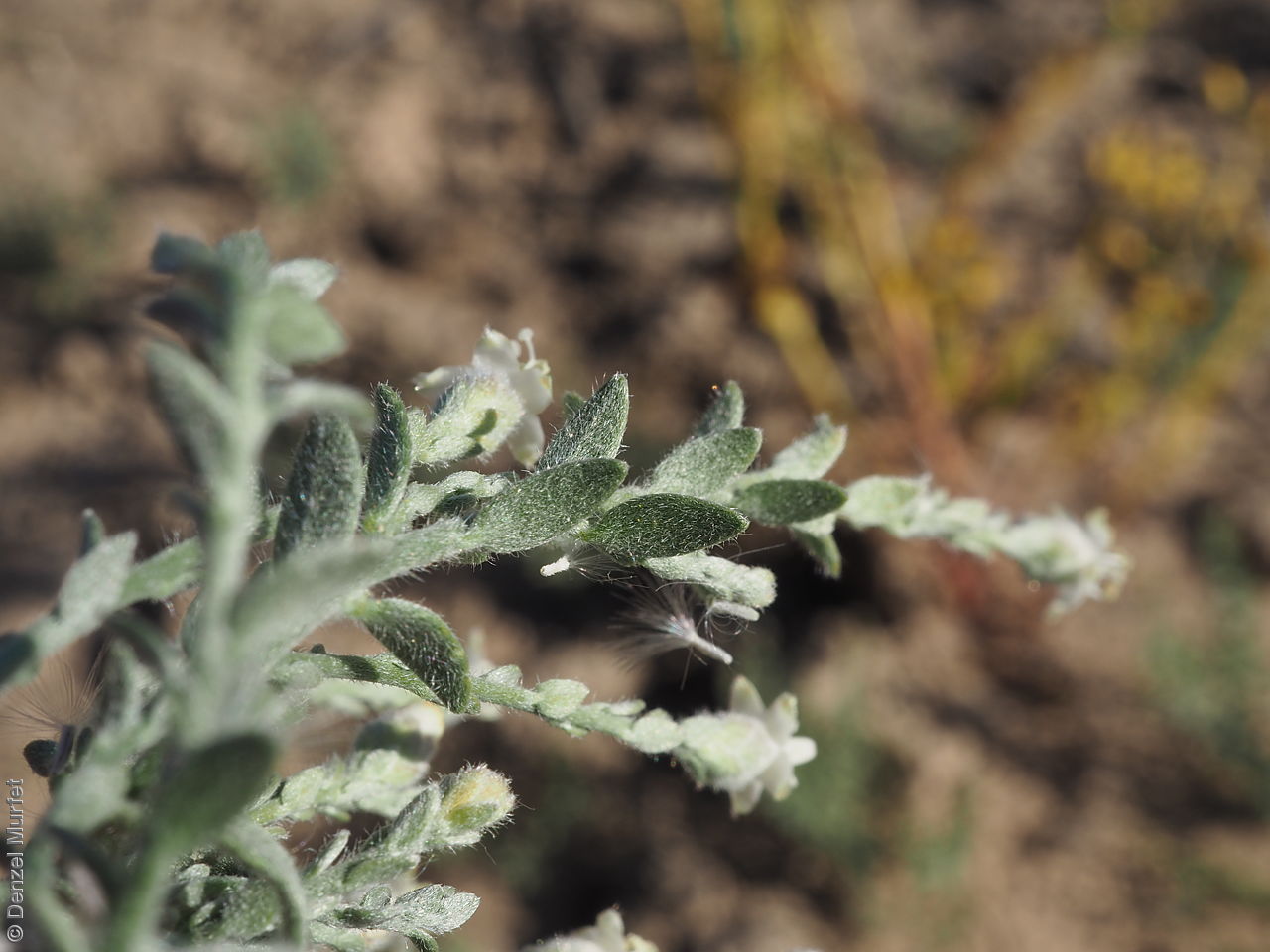
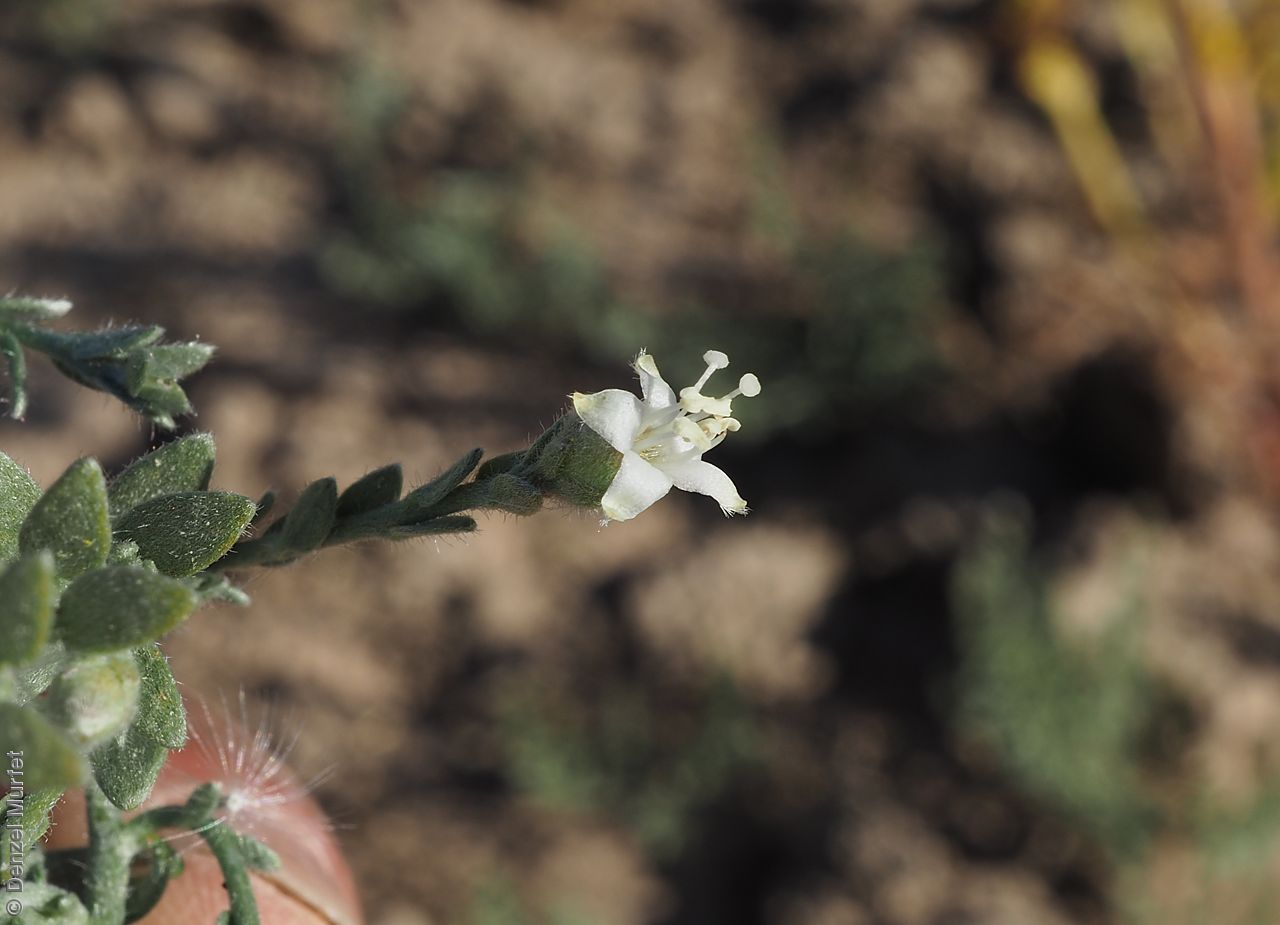
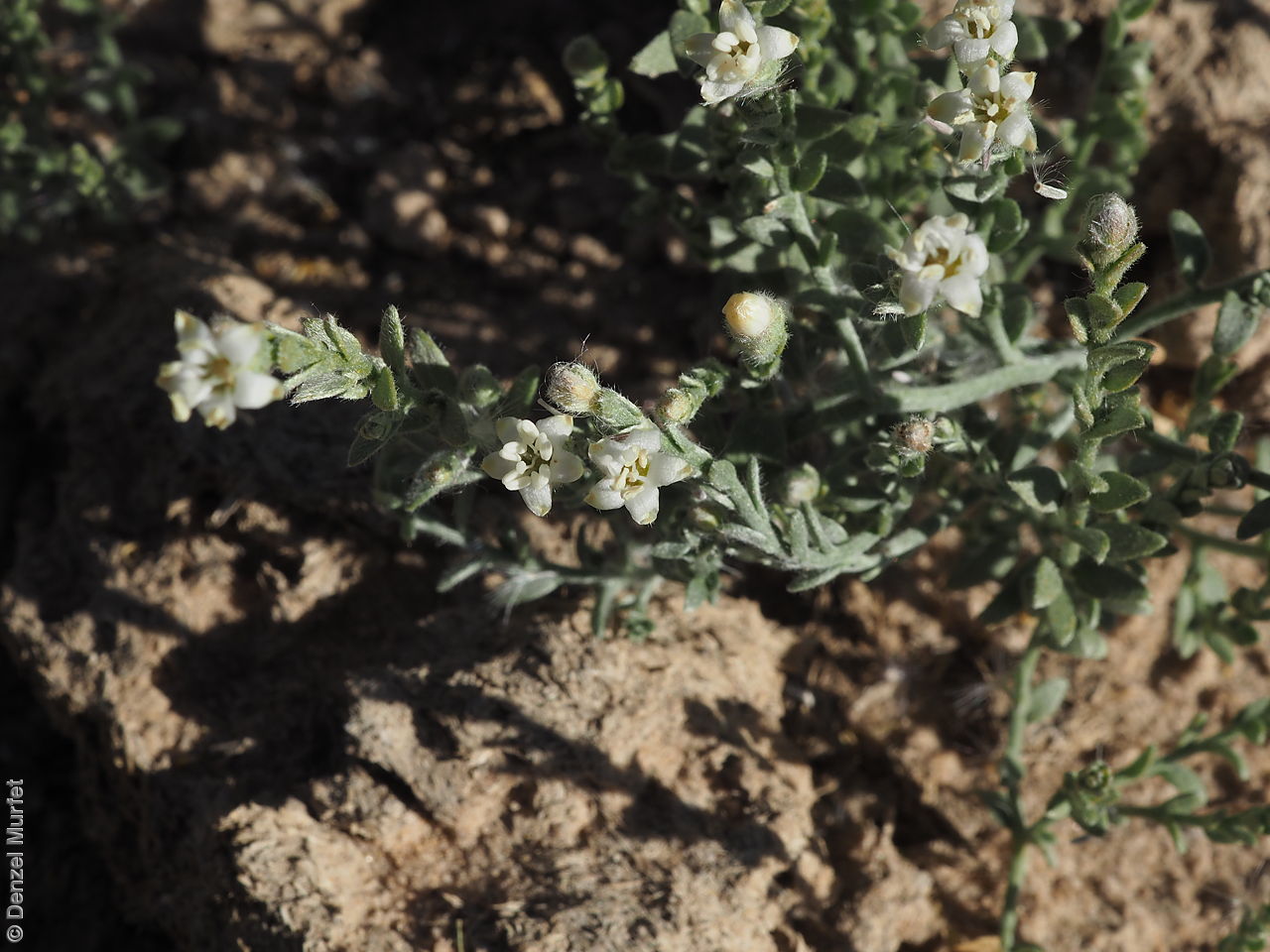
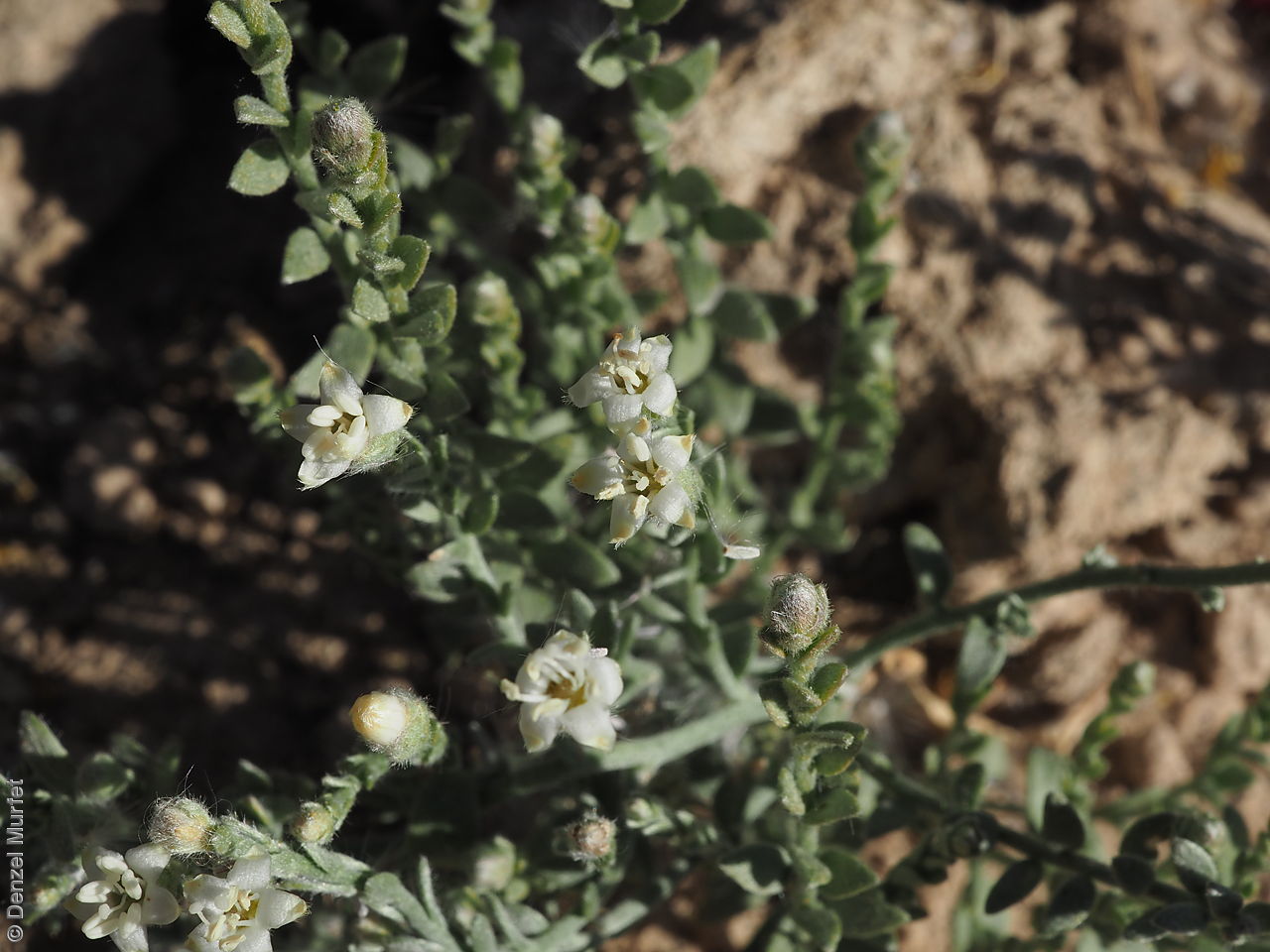

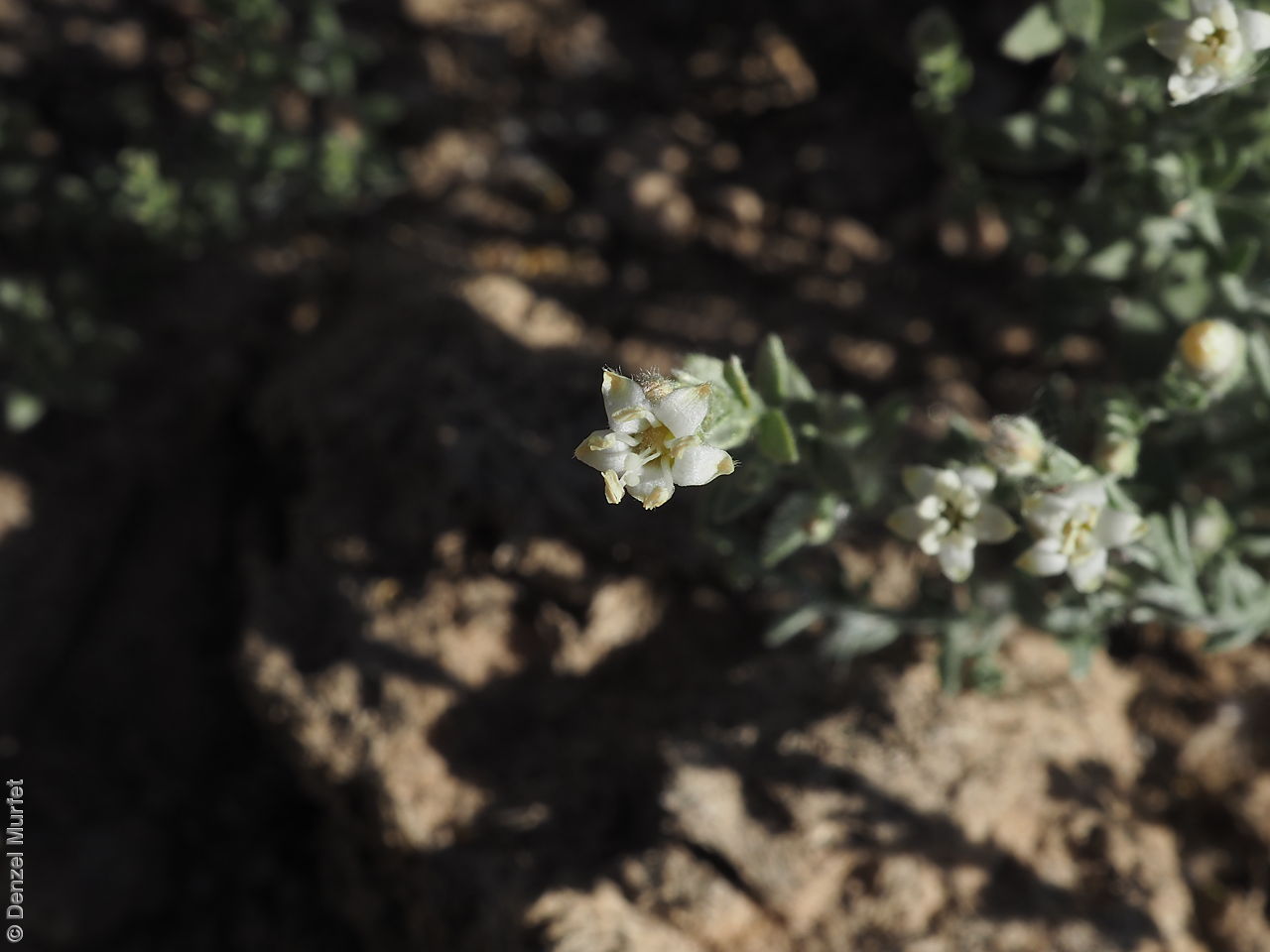
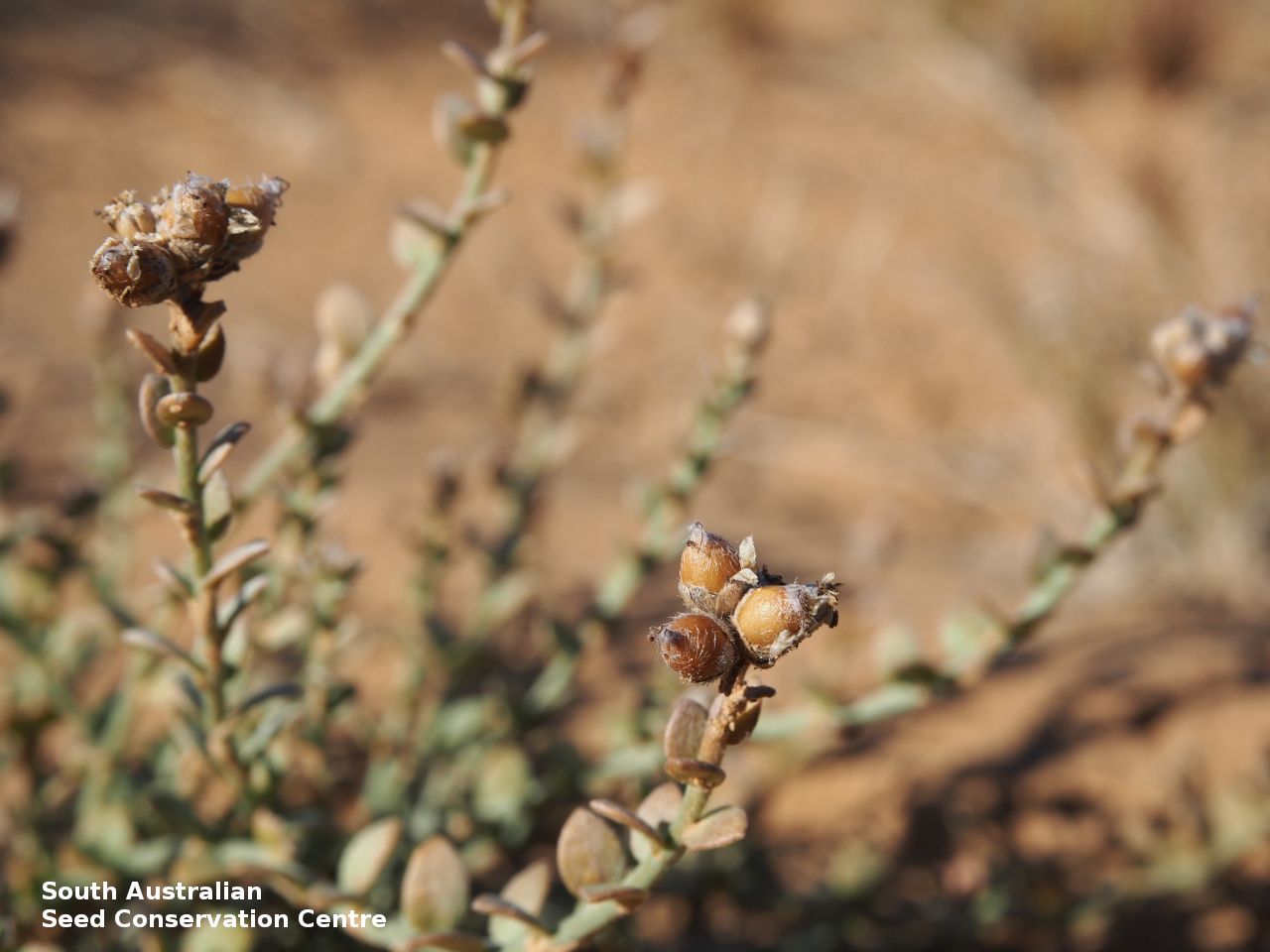
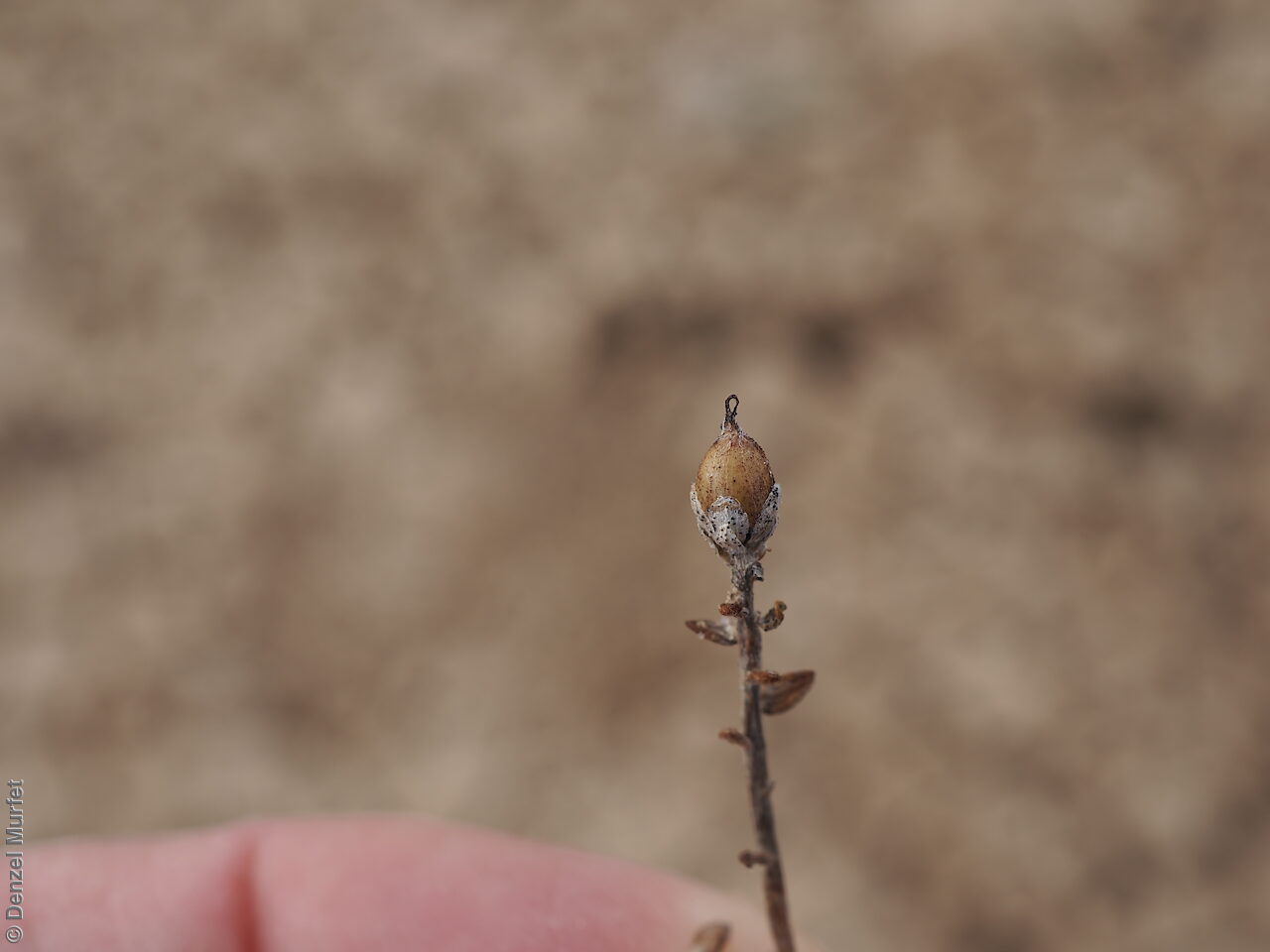
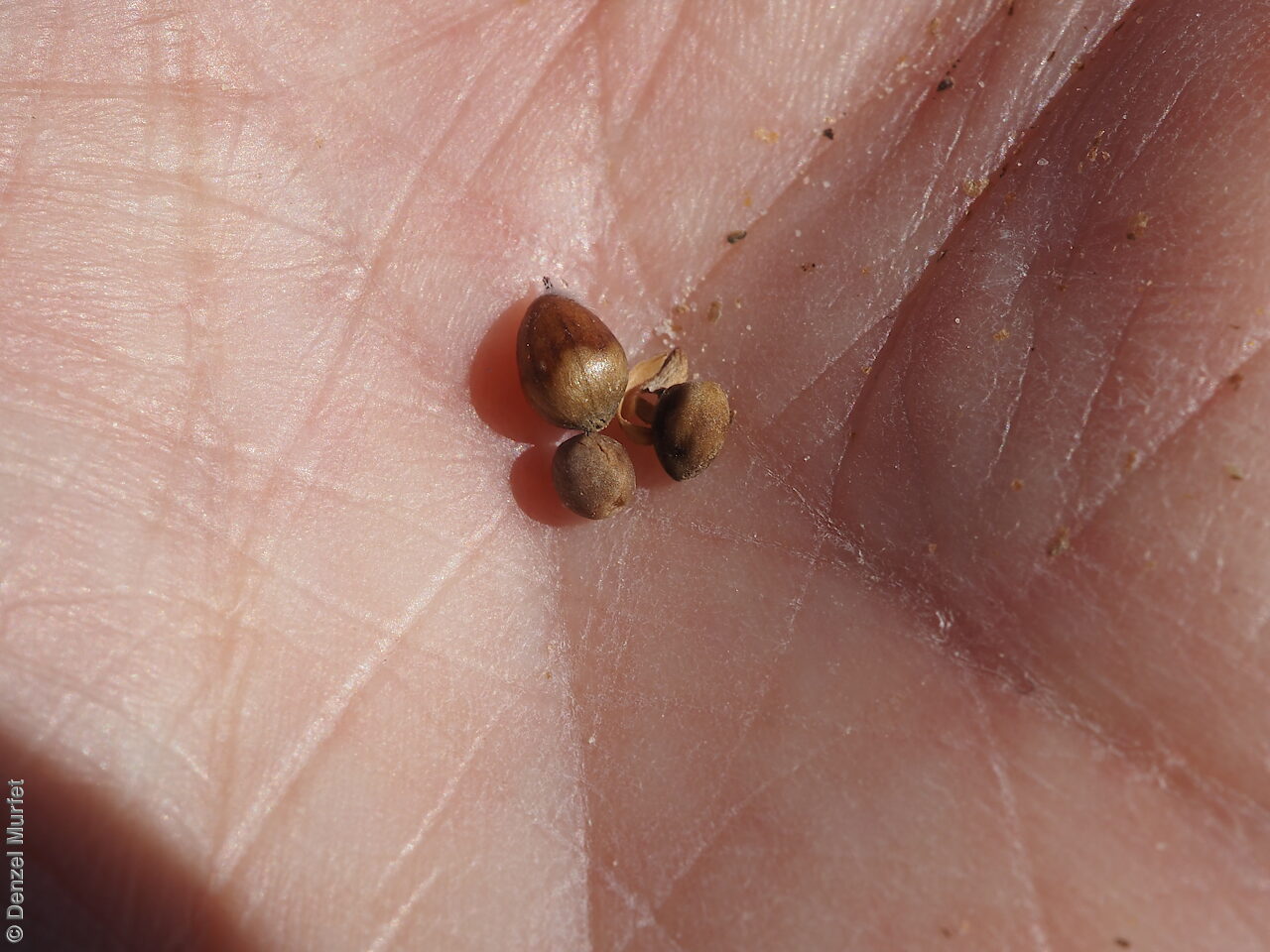
Regional Species Conservation Assessments per IBRA subregion.

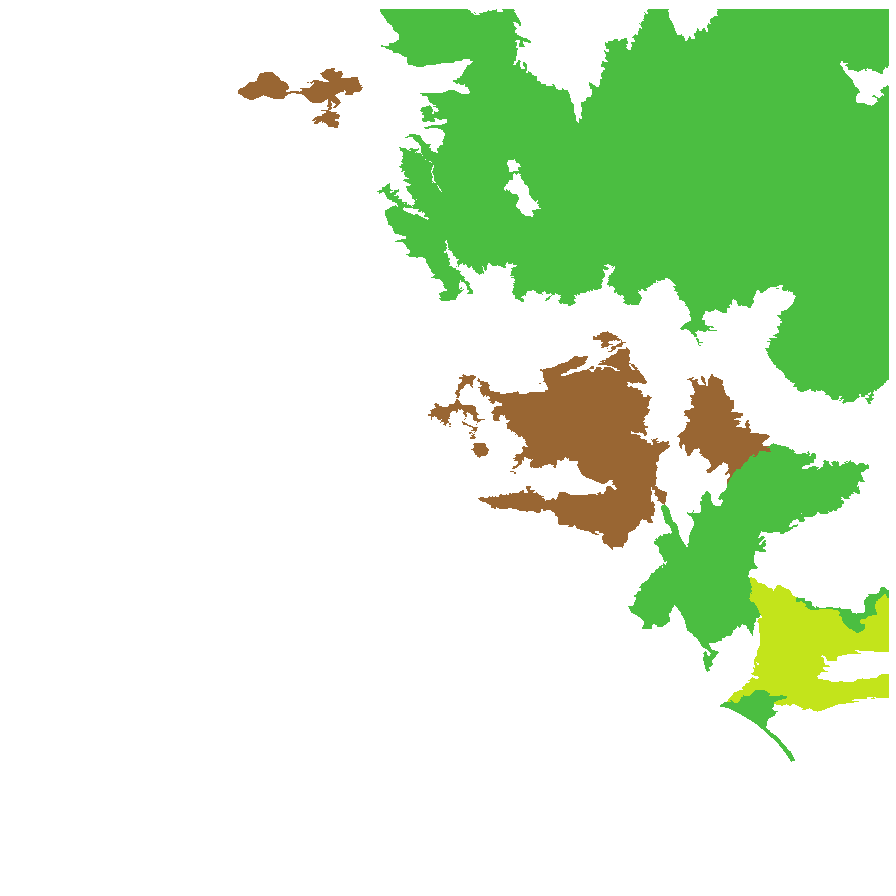
Least concern
Near threatened
Rare
Vulnerable
Endangered
Critically endangered
Extinct
Data deficient
Adelaide
Arkaroola
Ceduna
Coober Pedy
Hawker
Innamincka
Marla
Marree
Mount Gambier
Oodnadatta
Renmark
Wudinna
Keith
Yunta
Display IBRA region text
| Broughton (FLB02) | Flinders Lofty Block | Least Concern |
| Olary Spur (FLB03) | | Least Concern |
| Central Flinders (FLB06) | | Rare (IUCN: RA d(ii)) [likes clay, low-lying areas] |
| St Vincent (EYB02) | Eyre Yorke Block | Least Concern [Habitat specific, salt flats] |
| Murray Mallee (MDD02) | Murray Darling Depression | Near Threatened (Probable Decline) [restricted to river] |
| Murray Lakes and Coorong (MDD03) | | Data Deficient [acc. w/ river, 1 record] |
| Murray Scroll Belt (RIV06) | Riverina | Least Concern [needs regular floods] |
| Myall Plains (GAW01) | Gawler | Rare (IUCN: RA d(i,ii)) [in claypans & saltlakes] |
| Gawler Lakes (GAW03) | | Rare (IUCN: RA d(i,ii)) [in claypans & saltlakes] |
| Arcoona Plateau (GAW04) | | Rare (IUCN: RA d(i,ii)) [in claypans & saltlakes] |
| Dieri (SSD03) | Simpson Strzelecki Dunefields | Least Concern [likes clay, low-lying areas] |
| Warriner (SSD04) | | Least Concern [likes clay, low-lying areas] |
| Strzelecki Desert (SSD05) | | Least Concern [likes clay, low-lying areas] |
| Oodnadatta (STP02) | Stony Plains | Least Concern [likes clay, low-lying areas] |
| Murnpeowie (STP03) | | Least Concern [likes clay, low-lying areas] |
| Macumba (STP05) | | Least Concern [likes clay, low-lying areas] |
| Witjira (STP06) | | Least Concern [likes clay, low-lying areas] |
| Baltana (STP07) | | Least Concern [likes clay, low-lying areas] |
| Sturt Stony Desert (CHC02) | Channel Country | Least Concern [likes clay, low-lying areas] |
| Diamantina-Eyre (CHC04) | | Least Concern [likes clay, low-lying areas] |
| Coongie (CHC06) | | Least Concern [likes clay, low-lying areas] |
| Everard Block (CER03) | Central Ranges | Rare (IUCN: RA d(i,ii)) [edge of range; likes clay, low-lying areas] |
| 3 of 6 subregions | Flinders Lofty Block | Least Concern , Rare |
| St Vincent (EYB02) | Eyre Yorke Block | Least Concern [Habitat specific, salt flats] |
| 2 of 6 subregions | Murray Darling Depression | Near Threatened , Data Deficient |
| Murray Scroll Belt (RIV06) | Riverina | Least Concern [needs regular floods] |
| 3 of 8 subregions | Gawler | Rare |
| 3 of 4 subregions | Simpson Strzelecki Dunefields | Least Concern |
| 5 of 7 subregions | Stony Plains | Least Concern |
| 3 of 4 subregions | Channel Country | Least Concern |
| Everard Block (CER03) | Central Ranges | Rare (IUCN: RA d(i,ii)) [edge of range; likes clay, low-lying areas] |
Botanical art
Kath Alcock painting: 1
Prior names
Cressa cretica
Common names
Rosinweed
Etymology
Cressa from the Latin 'cressa' meaning Cretan, referring to the first collection of the genus Cressa from the Island of Crete. Australis means of or from the south, referring to the distribution of the species in the southern hemisphere.
Distribution and status
Found in the eastern side of South Australia growing mostly on clay saline soils in swampy areas, around inland salt lakes and coastal flats. Also found in all mainland States. Native. Common in South Australia. Common in the other States.
Herbarium regions: North Western, Lake Eyre, Gairdner-Torrens, Flinders Ranges, Eastern, Eyre Peninsula, Northern Lofty, Murray, Yorke Peninsula, Southern Lofty, Green Adelaide
AVH map: SA distribution map (external link)
Plant description
Grey hairy subshrub, with erect ,rarely prostrate stems to 20 cm high. Leaves sessile to shortly petiolate; ovate-lanceolate, to 8 mm long and 5 mm wide, acute. Inflorescence terminal with solitary white to pink flowers in axils of leaves. Flowers throughout the year. Fruits are brown globular capsule to 5 mm long, with one seed.
Seed collection and propagation
Collect seeds between January and December. Collect capsules that are maturing, turning brown and contain hard seeds inside. Collect more capsules as not all will contain viable seeds. Place the capsules in a tray and leave to dry for one to two weeks. Then rub the capsules gently by hand or with a rubber bung to dislodge the seeds. Use a sieve to separate the unwanted material. Store the seeds with a desiccant such as dried silica beads or dry rice, in an air tight container in a cool and dry place.














